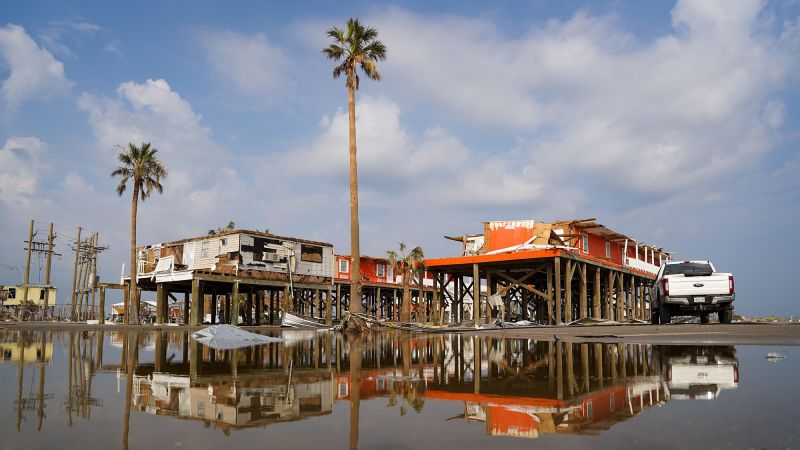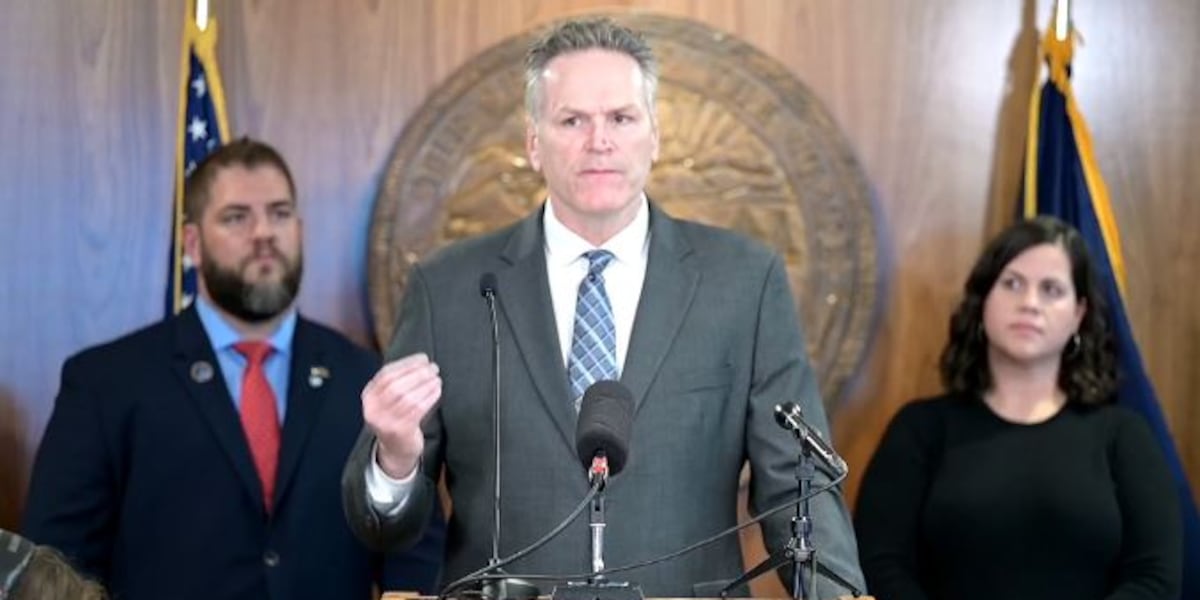Coastal Crisis: How Fast-Rising Sea Levels Threaten Our Cities

Welcome to your ultimate source for breaking news, trending updates, and in-depth stories from around the world. Whether it's politics, technology, entertainment, sports, or lifestyle, we bring you real-time updates that keep you informed and ahead of the curve.
Our team works tirelessly to ensure you never miss a moment. From the latest developments in global events to the most talked-about topics on social media, our news platform is designed to deliver accurate and timely information, all in one place.
Stay in the know and join thousands of readers who trust us for reliable, up-to-date content. Explore our expertly curated articles and dive deeper into the stories that matter to you. Visit Best Website now and be part of the conversation. Don't miss out on the headlines that shape our world!
Table of Contents
Coastal Crisis: How Fast-Rising Sea Levels Threaten Our Cities
The ocean is rising, and it's not a slow creep. Coastal communities worldwide are facing an escalating crisis as sea levels climb at an alarming rate, threatening homes, infrastructure, and the very fabric of coastal life. This isn't a distant threat; it's a present danger impacting millions and demanding immediate action.
The Accelerating Threat of Rising Seas
The primary driver of rising sea levels is climate change. The melting of glaciers and ice sheets, coupled with the thermal expansion of seawater as it warms, is causing a significant and accelerating rise in global sea levels. Recent data from the National Oceanic and Atmospheric Administration (NOAA) shows a concerning upward trend, with some coastal regions experiencing significantly higher rates of sea-level rise than the global average. This uneven distribution is influenced by factors such as land subsidence, ocean currents, and regional variations in warming patterns.
Cities on the Brink: A Global Perspective
The impact isn't geographically uniform. Low-lying coastal cities across the globe are particularly vulnerable. Consider these examples:
- Miami, Florida: Already experiencing regular "sunny-day flooding," Miami faces a future of increasingly frequent and severe inundations, threatening its vital tourism industry and residential areas.
- Jakarta, Indonesia: Parts of Jakarta are sinking faster than the sea is rising, exacerbating the flood risk and leading to ambitious relocation projects.
- Venice, Italy: The iconic city is battling acqua alta (high water) events with increasing frequency and intensity, requiring ongoing and expensive flood defenses.
- Bangladesh: A densely populated delta nation, Bangladesh is highly susceptible to sea-level rise, posing a significant threat to food security and displacement of millions.
The Economic and Social Costs of Inaction
The consequences of inaction extend far beyond environmental concerns. The economic costs of sea-level rise are staggering. Damage to infrastructure, displacement of populations, and the disruption of industries like tourism and fishing represent a significant financial burden for coastal communities and governments. The social impact is equally profound, leading to potential mass migrations, strained resources, and social unrest.
H2: Adapting and Mitigating: A Path Forward
While the challenge is substantial, it's not insurmountable. Addressing the crisis requires a two-pronged approach:
- Mitigation: Reducing greenhouse gas emissions is paramount. Transitioning to renewable energy sources, improving energy efficiency, and adopting sustainable transportation systems are crucial steps in slowing the rate of sea-level rise. [Link to a relevant article on climate change mitigation].
- Adaptation: Coastal communities must adapt to the inevitable changes already underway. This includes investing in seawalls, improved drainage systems, and nature-based solutions like mangrove restoration. Strategic land-use planning and relocation strategies may also be necessary in some areas. [Link to an article on coastal adaptation strategies].
H3: The Urgent Need for Collective Action
The threat of rising sea levels is a global challenge demanding international cooperation and coordinated action. Governments, businesses, and individuals all have a role to play in mitigating the risks and building resilient coastal communities. Delaying action will only exacerbate the crisis and increase the human and economic costs. We need immediate, decisive, and collaborative efforts to protect our coastal cities and safeguard the future. Learn more about how you can contribute to climate action by visiting [link to a relevant environmental organization].

Thank you for visiting our website, your trusted source for the latest updates and in-depth coverage on Coastal Crisis: How Fast-Rising Sea Levels Threaten Our Cities. We're committed to keeping you informed with timely and accurate information to meet your curiosity and needs.
If you have any questions, suggestions, or feedback, we'd love to hear from you. Your insights are valuable to us and help us improve to serve you better. Feel free to reach out through our contact page.
Don't forget to bookmark our website and check back regularly for the latest headlines and trending topics. See you next time, and thank you for being part of our growing community!
Featured Posts
-
 Exploring Indian Royalty Through Netflixs The Royals
May 11, 2025
Exploring Indian Royalty Through Netflixs The Royals
May 11, 2025 -
 Analysis Trumps Tariff Decision And The Navys New Leadership
May 11, 2025
Analysis Trumps Tariff Decision And The Navys New Leadership
May 11, 2025 -
 Golden Knights Captain Mark Stone Injured Status For Game 4 Against Oilers Uncertain
May 11, 2025
Golden Knights Captain Mark Stone Injured Status For Game 4 Against Oilers Uncertain
May 11, 2025 -
 Alaska Governor Dunleavy Orders State Spending Freeze
May 11, 2025
Alaska Governor Dunleavy Orders State Spending Freeze
May 11, 2025 -
 Legal Battle Heats Up Anthony Edwards Vs Ayesha Over Child Custody
May 11, 2025
Legal Battle Heats Up Anthony Edwards Vs Ayesha Over Child Custody
May 11, 2025
Latest Posts
-
 Australian Horror Movie In Legal Hot Water Eurovision Controversy Adds Fuel To The Fire
May 19, 2025
Australian Horror Movie In Legal Hot Water Eurovision Controversy Adds Fuel To The Fire
May 19, 2025 -
 Missing Hiker Found Tiffany Slaton Recounts Her Days Lost In The California Wilderness
May 19, 2025
Missing Hiker Found Tiffany Slaton Recounts Her Days Lost In The California Wilderness
May 19, 2025 -
 Cafe Refusal The Impact Of Facial Differences On Access
May 19, 2025
Cafe Refusal The Impact Of Facial Differences On Access
May 19, 2025 -
 Matthew Radalj An Australians Survival In A Chinese Prison
May 19, 2025
Matthew Radalj An Australians Survival In A Chinese Prison
May 19, 2025 -
 La Final Que Marco A America El Triunfo De Antonio Mohamed
May 19, 2025
La Final Que Marco A America El Triunfo De Antonio Mohamed
May 19, 2025
